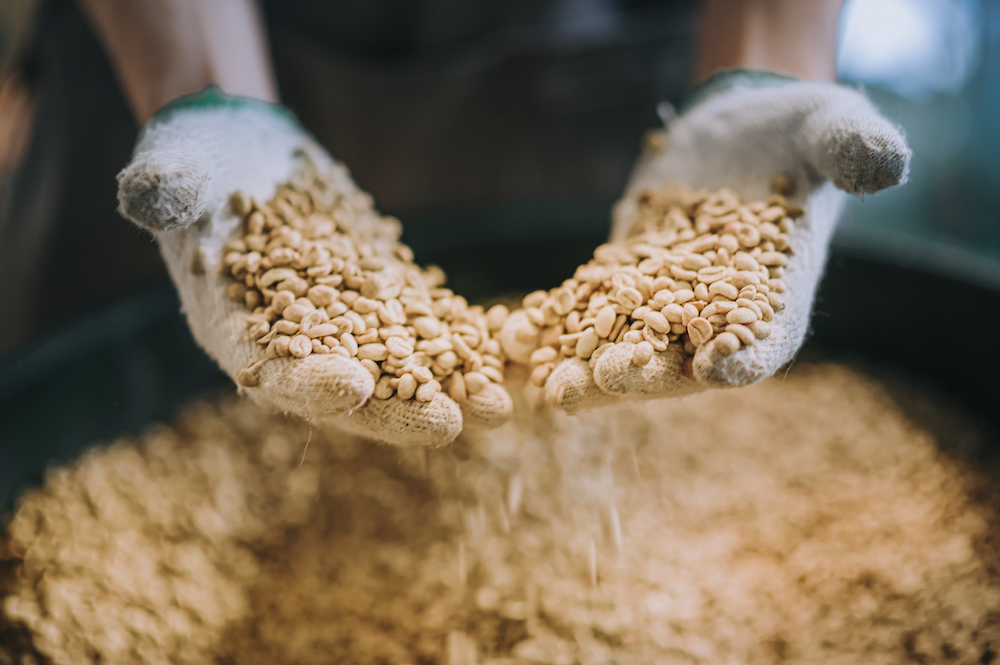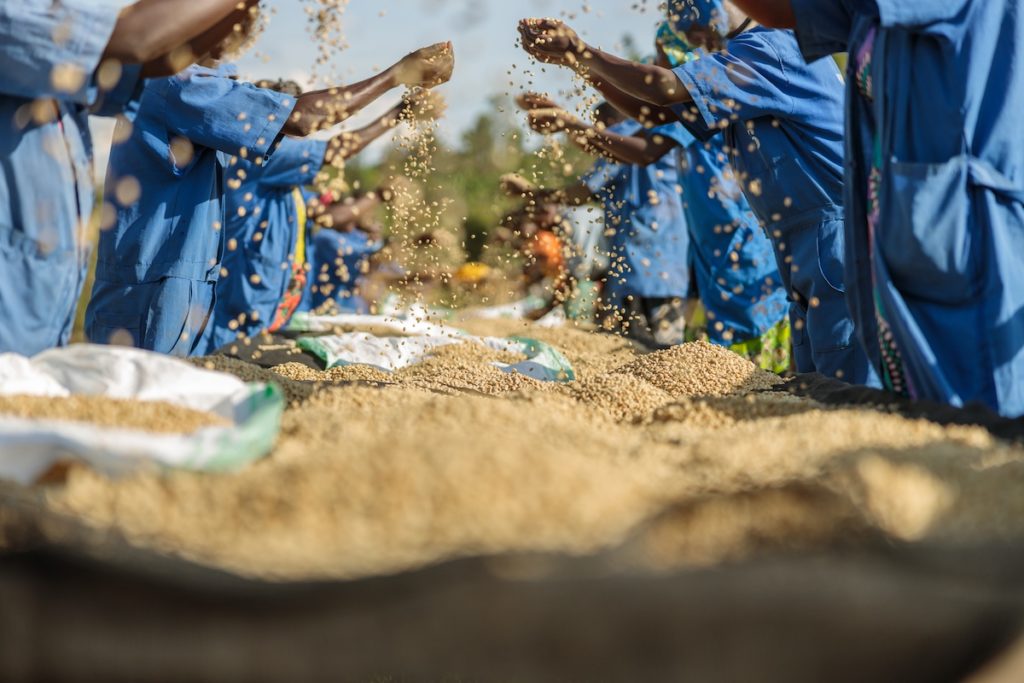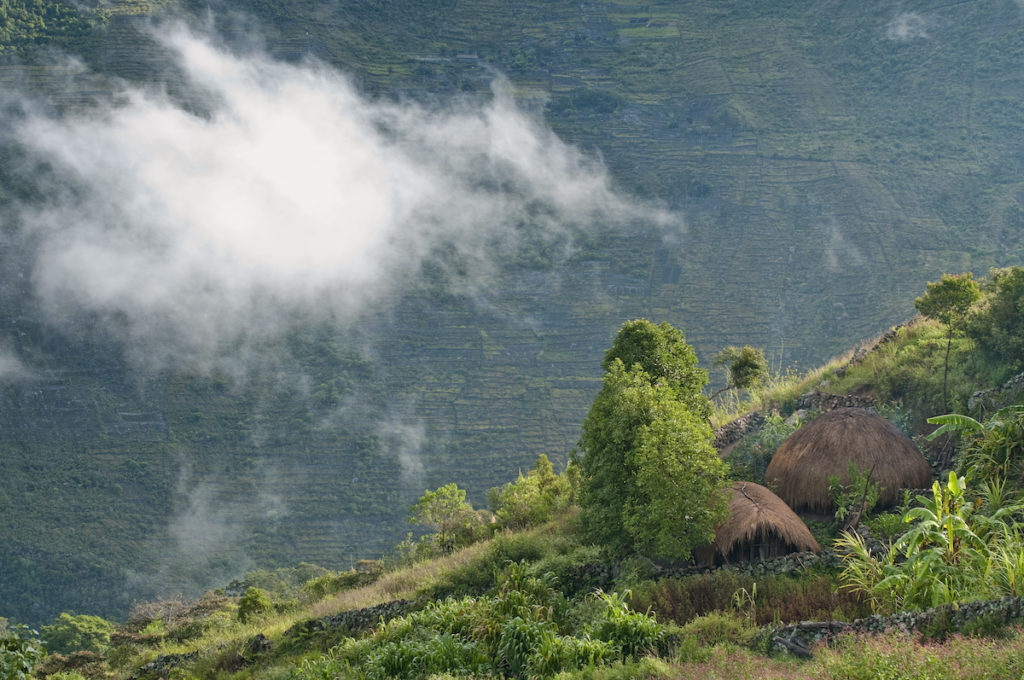Are you considering taking up roasting as a hobby or know someone who is? Roasting your own green coffee beans ensures that you’re getting a fresh cup of coffee just the way you like it. And it’s easier than you might think! It all starts with just three things – beans, heat and something to roast on/in.
- Beans – Green coffee beans come from all over the world and we are pleased to offer a wide variety. At Burman Coffee Traders we work hard to offer the best quality coffee beans and we hand pick all our providers. Don’t be afraid to stock up on unroasted coffee beans at home. Not only will you get a competitive price, but green coffee will also stay fresh for up to a year. Shop our coffee bean selection.
- Heat – You can’t roast coffee without heat. And lots of it. The ideal internal temperature for roasted beans is 390-460°F. Most home coffee roasters will choose a heat source that goes above 450°F. The exact temperature and timing depends on how much coffee you’re roasting and what roasting method you’ve selected.
- Roaster – Roasting green coffee beans at home can be done using a variety of tools. From a pan to a popcorn popper, the key to home roasting is monitoring temperature and stirring. You can also invest in an all-in-one home coffee roaster to simplify the process.
If you’re looking to invest in a roaster, there are two main varieties – fluid bed and drum roaster. A fluid bed roaster works much like a popcorn popper in that you can watch the coffee as it’s roasting through a glass chamber. The FreshRoast SR540 is our pick for an entry level fluid roaster.
A drum roaster has a rotating drum that tumbles the beans as they’re roasting. A drum roaster allows for more beans to be roasted at one time and produces a more evenly roasted final product. The Gene Café and the Behmor 2000 AB are our top picks for drum roasters.
Additional Resources
There are endless resources available to help you get started with home coffee roasting. Our Learning Center includes more information on where our unroasted coffee beans come from, roast styles, processing methods, and more.



